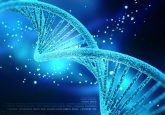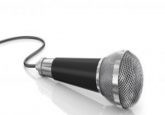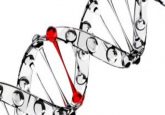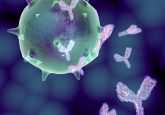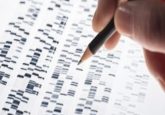Novel liquid biopsy shows promise for early retinoblastoma diagnosis
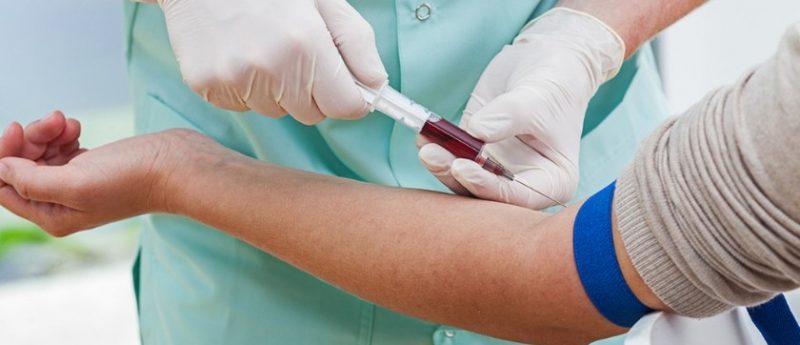
Recently published in JAMA Ophthalmology, a study led by Jesse Berry (University of California, CA, USA) has provided proof of concept that the aqueous humor could be used for a surrogate tumor biopsy. The findings could improve the diagnosis of retinoblastoma tumors and the ability to utilze personalized treatments.
Retinoblastoma can be treated with chemotherapy, intravenously or via the ophthalmic artery. However, small tumor particles known as seeds can break off from the main tumor leading to relapse. To treat these seeds, intraocular injections of chemotherapy began in 2012. In order to inject chemotherapy directly into the eye, fluid termed aqueous humor is first removed to decrease the pressure.
Would you like to find out more about retinoblastoma? Click below:
“Just as I was discarding the aqueous humor, I wondered if there was a possibility it contained tumor-derived genetic material we could use to better treat our patients,” explained Berry. “In fact, we found measurable amounts of tumor DNA – genetic information from the tumor that had previously been completely unavailable from an intact eye.”
“Chromosomal changes from DNA found in the aqueous humor corroborates the chromosomal changes found in the retinoblastoma tumor,” commented James Hicks (University of California). “These findings provide proof of principle that the aqueous humor can be used for a surrogate ‘liquid’ tumor biopsy.”
The study analyzed tumor DNA found in aqueous humor of three eyes affected with retinoblastoma, in children less than 3 years of age. “Until now, we could only do genetic analysis – and base therapy on the specific pathologic tumor features – when there was no longer a possibility of saving the eye,” stated Thomas Lee (University of California). “In the future we hope to have the capability to specifically target therapy to the type of tumor and can anticipate better outcomes for children with retinoblastoma.”
Future studies aim to compare tumor DNA from eyes that have been saved to those that need to be removed due to tumor recurrence. “This research has the potential to completely transform how we treat children with retinoblastoma,” concluded Jonathon Kim (University of California). “This is one of the most significant findings in retinoblastoma research in the past 20 years.”
Sources:
Eureka press release; Berry JL, Xu L, Murphree AL et al. Potential of aqueous humor as a surrogate tumor biopsy for retinoblastoma JAMA Ophthalmol. doi:10.1001/jamaophthalmol.2017.4097 (2017)
